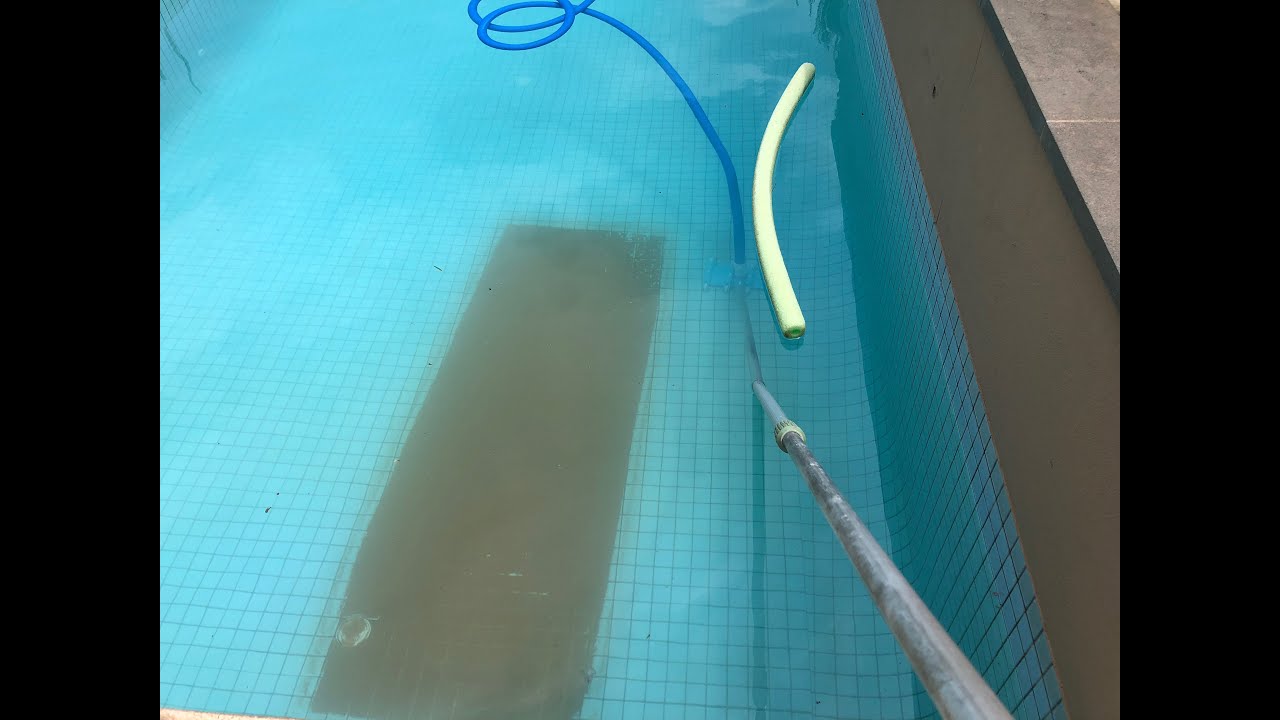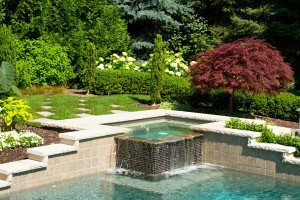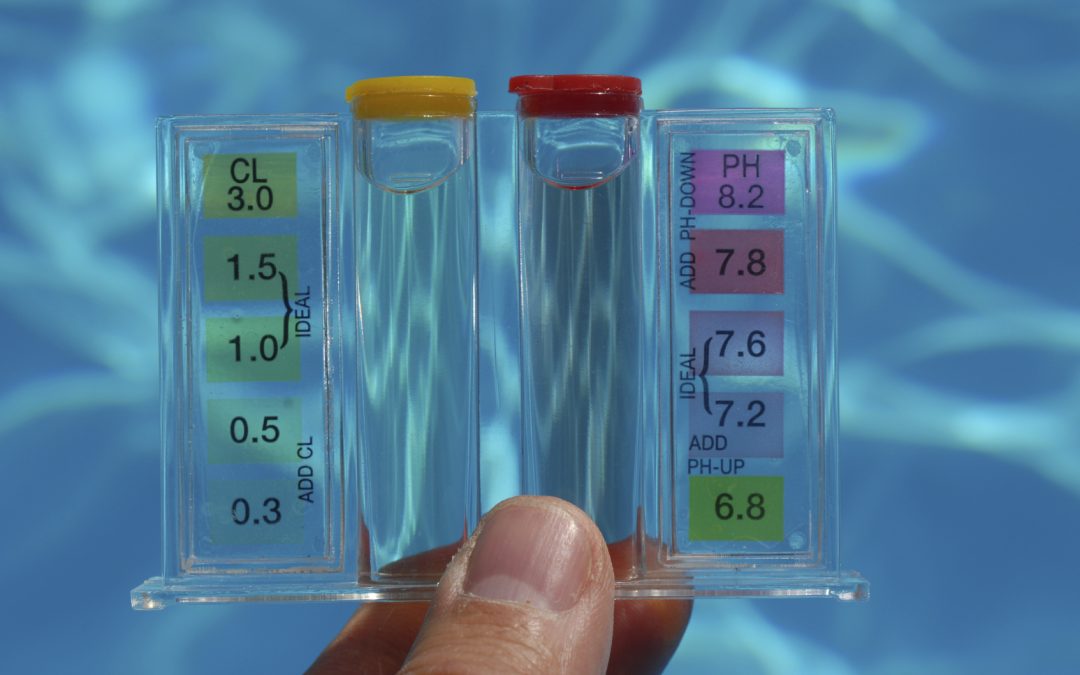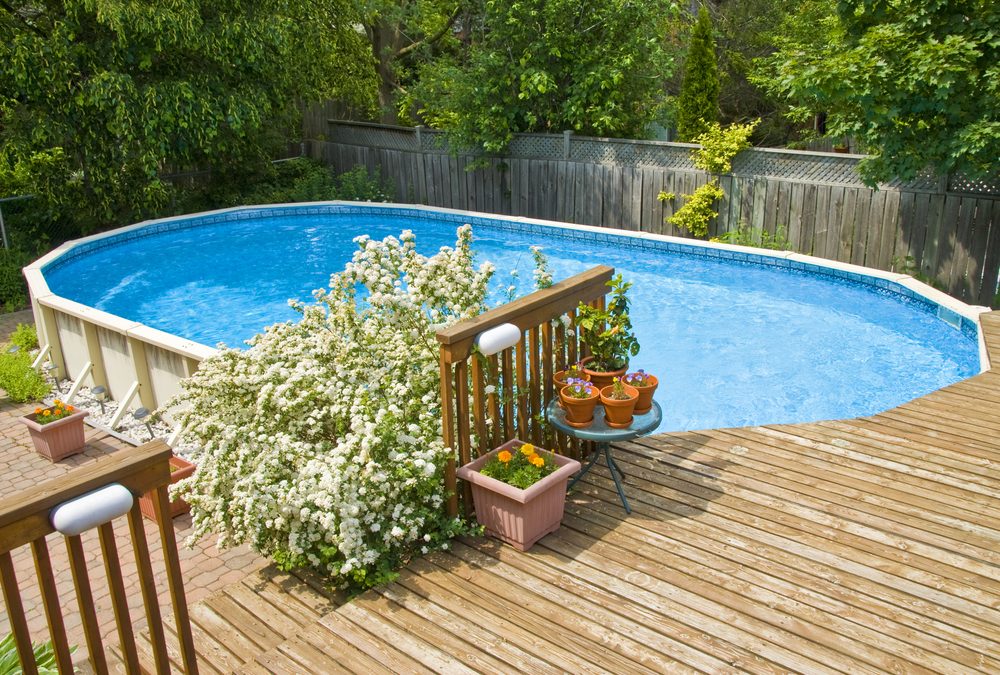In desert areas such as Palm Springs, Palm Desert and Indio, summer is synonymous with sunny days and intense heat, perfect for those who like to spend the day on the water. However, these high temperatures can also trigger sandstorms and restoring the pool after one of these can be quite labor-intensive.
Those who live in regions that is more affected by sandstorms know that the risk of the pool being hit with dust and debris exists. But, contrary to what most people think, that doesn’t mean you need to empty it or spend a fortune on repairs. That’s why, in this article, we’ve put together some tips to help you assess the extent of the damage and, when possible, repair the pool yourself!
Is it possible to restore the pool? Learn how to evaluate
It is important not to wait too long before assessing the size of the damage caused to this leisure space: the runoff contains terrible elements for water quality, such as sand, algae, phosphate residues and, of course, garbage and rubble.
So when it’s time to rescue the pool, first assess what kind of dirt you’ll need to deal with. In this context, although it seems like a terrible scenario, know that sand and debris are not that serious. After all, you can always remove them through circulation, decanting and vacuuming processes, as long as you don’t wait days and days before you start cleaning.
However, if the problem is with stones, gravel or sand, the situation is a little more delicate. Here, use the strainer to remove the larger pieces carefully, as they can scratch and damage the pool liner. During the process, it is possible that the network of the equipment is very damaged, but unfortunately, it is part of the effort to recover the pool.
Finally, when the sieve is no longer effective, check that the remaining dirt is fine enough to be vacuumed up without damaging the vacuum or the plumbing. Remember that this is a visual inspection and will vary depending on the thickness of the hose and the size of the nozzle in the pool.
If your pool has more than 4,000 gallons of volume, it may be necessary to interrupt the procedure a few times to clean the pump pre-filter. Oh, and during the process, don’t forget to use the sewer vacuum function — because of the large amount of debris, it’s best not to take the risk of making this water recirculate inside the filter.
Pay attention to the application of the products
Now that you’ve got the pool space in order and removed most of the impurities from the water, it’s time to focus on chemical balance! First, the ideal is to perform a superchlorination, diluting 15 grams of granulated chlorine for every cubic meter of water in the pool. Once this is done, put the pool in “filter” mode for at least 12 hours and then let the solution act for another 12 hours.
Without turning off the pump, measure the pH level with the Test Kit or Test Strip, if the result is below 7.2, adjust with pool acid. Again, leave the pool in circular mode for another 30 minutes and then turn off the pump. Now, you need to let the pool sit for at least 24 hours — this will help the subject to settle, concentrating on the bottom of the pool and making it easier to vacuum.
Oh, and don’t forget that it’s normal for the water level to drop during this process. After all, with vacuuming, we are throwing dirt and water out of the pool. When this period is fulfilled, test the residual volume of free chlorine, which has to be in the recommended range of 1 to 3 ppm. It is very likely that at the end of the treatment the chlorine level will be above ideal. During this period, do not use the pool, wait for the chlorine level to drop.
Once the free chlorine is stabilized, you can then resume your usual pattern of treatment, keeping the total alkalinity between 80 and 120 ppm and the pH between 7.2 and 7.6. Don’t forget to pay attention to the first doses of algaecide and clarifier, as it is quite likely that, even when clean, your pool will be slightly cloudy for a day or two after the sandstorm.
When it comes to sandstorms and pools, it is true that it is not always possible to assess the size of the mess that remains. When this is the case, do not hesitate to seek a professional opinion to find out if it is really possible to restore the pool. With the support of a swimming pool, for example, you can know more precisely what types of solutions are most compatible with your water situation.
If you still have any questions, give us a call. We are on hand to assist you!





Facebook Comments